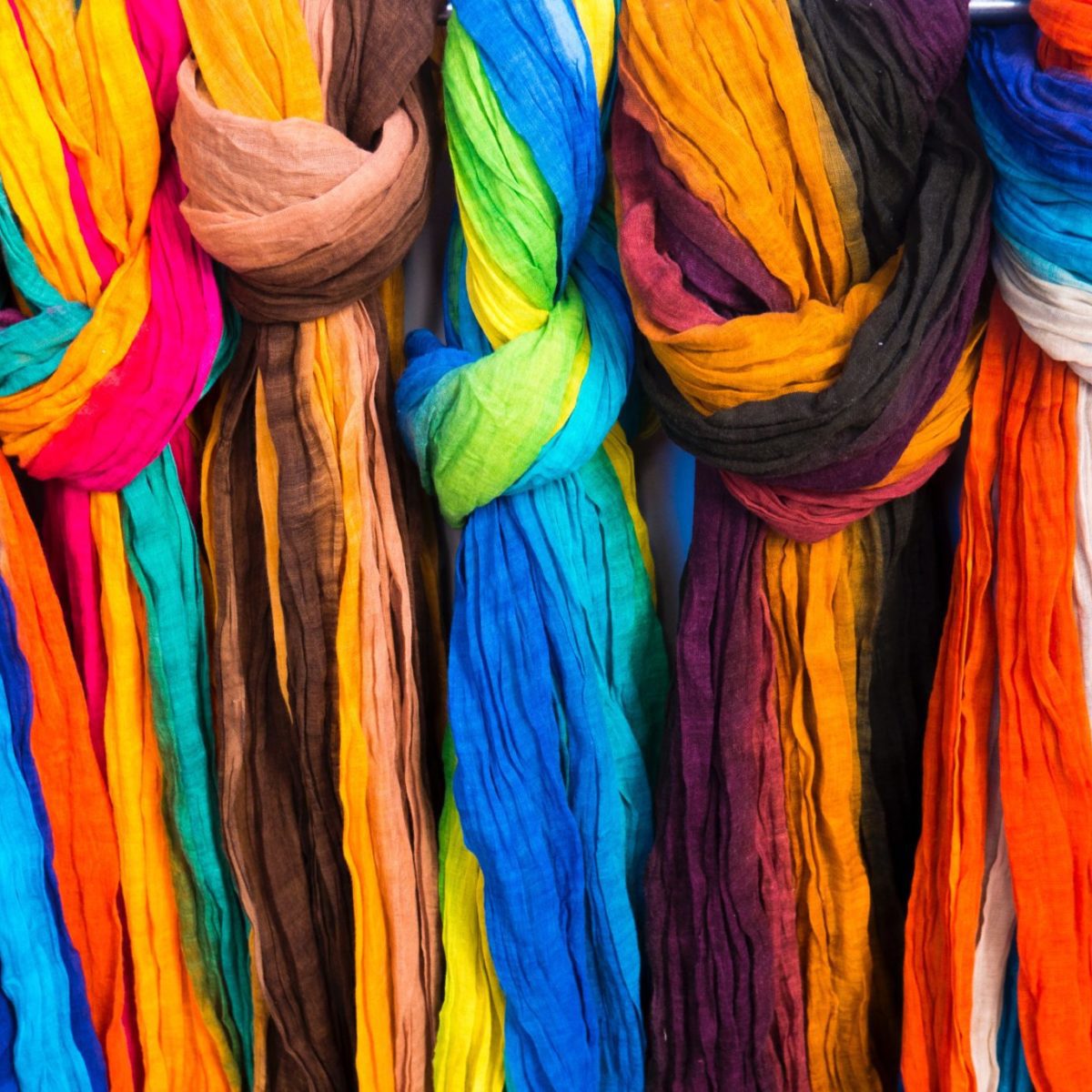
Research develops new method for dyeing with natural dyes
For thousands of years humanity has used substances extracted from plants, insects, soil and rocks to give color to fabrics, ceramics and other products. However, the use of these natural dyes declined with the invention of synthetic dyes in the mid-nineteenth century. Nowadays, synthetic dyes are used in a variety of industries, from textiles to cosmetics, and both production use of these substances can lead to environmental problems if they are not properly degraded or removed from industrial effluents.
On the other hand, natural dyes are themselves biodegradable, non-toxic and not harmful to the environment. However, since they are less stable than modern synthetic dyes, they may require the use of potentially toxic substances so that they can be properly fixed in the fibers of the textile materials.
For this reason, Cristiane dos Santos et al. [1] have developed a new way of improving the fixation of natural dyes on natural and synthetic fibers. The researchers protected the molecules of four types of natural dyes (indigo carmine, cochineal carmine, curcumin and annatto) in nanometric silica capsules through a sol-gel process.
Distinct types of fibers were then dyed, both with encapsulated and non-encapsulated dyes, and a set of analyses were performed to verify the quality of the obtained colors. The researchers found that encapsulated dyes demonstrated better performance than non-encapsulated dyes, both in color transfer to the fibers of the tested tissues and in color fastness. Analysis by scanning electron microscopy also found that the use of the encapsulated dyes did not cause damage to the fibers.
The researchers used the SAXS1 beamline from the Brazilian Synchrotron Light Laboratory (LNLS) to investigate the nanometric structure of the encapsulated dye particles. Differences in structure in this scale are used to explain the performance of various dyes and their interaction with different textile fibers. The results demonstrate the possibility of developing new industrial processes for textile dyeing without the use of heavy metal salts for the fixation of dyes.
Source: [1] Cristiane dos Santos, Luis Fernando Wentz Brum, Robelsa de Fátima Vasconcelos, Sérgio Knorr Velho, João Henrique Zimnoch dos Santos, Color and fastness of natural dyes encapsulated by a sol-gel process for dyeing natural and synthetic fibers, J Sol-Gel Sci Technol (2018) 86: 351. DOI: 10.1007/s10971-018-4631-0
Successful in-vitro test shows potential for new treatment
Enzyme extracted from microorganisms from Amazonian lake shows potential for biofuel production